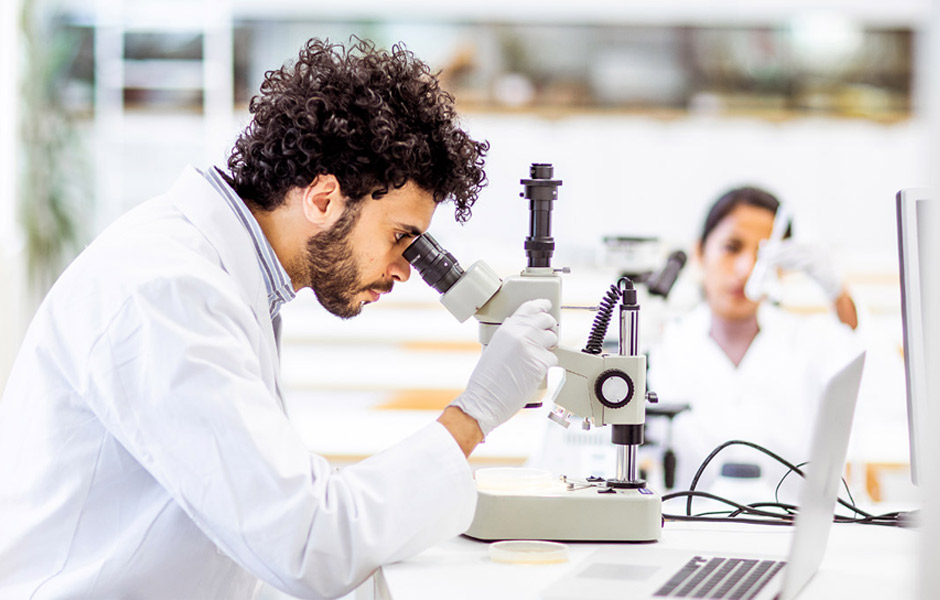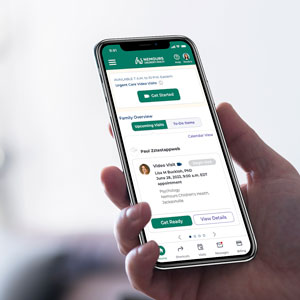The Medial Olivocochlear Bundle and Speech-in-Noise Deficits
Clinical Trial
Offered by: Nemours Children's
Location: Delaware Valley
Trial Name
The Medial Olivocochlear Bundle and Speech-in-Noise Deficits
What is the trial about?
This study aims to find differences in how sound is processed between typically developing children and those with auditory processing disorders.
Who can participate?
Experimental Group:
Children between the age of 7 and 12 years, who are diagnosed with auditory processing disorders and have poor performance hearing speech in noise.
Control Group:
Children 7 to 12 years old with no reported difficulties in development who have normal hearing as defined by standard clinical tests and with language and reading levels appropriate to their age and grade levels.
What is involved?
Children in the experimental group who have been identified as having APD will participate in 3 two-hour sessions over a 3-week period. Children in the control group, who should have normal hearing, will be screened at their school if possible, or in the Laboratory at Nemours Children’s Hospital, Delaware, to establish that their hearing is normal. This screening may take up to two hours. If the children pass the screening tests, they will be scheduled for 3 two-hour sessions over a 3-week period.
Selection of Subjects
Children with APD will be diagnosed according to standard tests performed in the Audiology Clinic at Nemours Children’s Hospital, Delaware. Children with normal hearing will be screened to verify that their hearing is normal using the following four procedures:
- 1. Tympanometry and middle ear muscle reflexes: this is a test to measure the flexibility of the eardrum and can determine if there is fluid or other problems in the middle ear. It will also measure a reflex that helps to protect the ear against loud sounds. A small probe will be placed in your child’s ear canal and a sound will be played while the pressure in the ear canal is gently changed. This test takes about 10 minutes. Your child will hear the sound and feel some pressure in their ear during the test.
- 2. Otoacoustic emission measurements; Otoacoustic emissions are sounds that are produced by the inner ear and are a measure of hearing ability. To measure these, we measure the response of your child’s ears to clicks. This test will take about 10 minutes.
- 3. Behavioral audiometry: This is a standard way of testing hearing. We will ask your child to indicate when he or she hears quietly spoken words and sounds of different pitch and loudness played over headphones. This test takes about 45-60 minutes.
- 4. Auditory brainstem responses: This test measures the electrical response of your child’s ear and nervous system to sound. Electrodes will be placed on your child's scalp using an adhesive paste or gel and paper tape. Your child will be asked to sit quietly while listening to clicks and tones through earphones for about 30 minutes.
Research Study
Session 1: Otoacoustic emission measurements and their suppression.
Otoacoustic emissions (OAEs) are a sound that is produced by the inner ear and are a measure of hearing ability. To measure OAEs, we will record how your child’s ears respond to click sounds played to either or both ears. The brain is also able to suppress these sounds when a sound is introduced into the opposite ear (“suppression” of otoacoustic emissions). By measuring these sounds and checking for suppression, we will be able to determine your child’s hearing objectively. To do this, a probe will be placed in your child’s ear canal to produce a sound and a small microphone in the probe will measure the resulting sound from the cochlea. Your child will hear the sound from the probe and this sound may be absent during measurement, present in the ear, or applied to the other ear. This test will take I ½ to 2 hours, including breaks. During the test, your child will relax in a comfortable lounge chair in a sound-treated room and watch videos (without sound).
Session 2: Perception of speech with noise.
Perception of speech with noise. Your child will sit in a sound-dampened room wearing headphones while word lists are spoken at different volumes. Your child will raise their hand when they are able to hear the word. In some instances, a noise will be added to one ear or the other along with the words. Audio responses will be recorded for off-line phonetic transcription by a member of the study team. This session will last about I ½ - 2 hours, including breaks for your child to relax.
Session 3: Dichotic Listening
Two words will be presented at the same time, one in each ear and your child will be asked to repeat what he/she heard first or best. A series of 15 trials will be presented in quiet and a second series of 15 trials will be presented with background noise. This will determine if one ear over the other is favored by your child. Audio responses will be recorded for off-line phonetic transcription by a member of the study team. We will then study the Auditory Evoked Potential: this is a way to know how the brain of your child reacts to short speech sounds. To do so, electrodes will be temporarily attached to portions of your child's scalp using an adhesive paste or gel and paper tape. Your child will be asked to sit quietly while speech sounds are presented through earphones, in presence or absence of background noise. The attachment of the electrodes may leave your child with a mild reddening of the skin and that the removal of some remaining adhesive may take some washing and/or shampooing at another time, but that no permanent scars, marks or adhesives will be left.
Is a Clinical Trial Right for Your Child?
Learn more about clinical trials and get answers to questions you might have.



